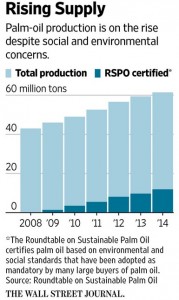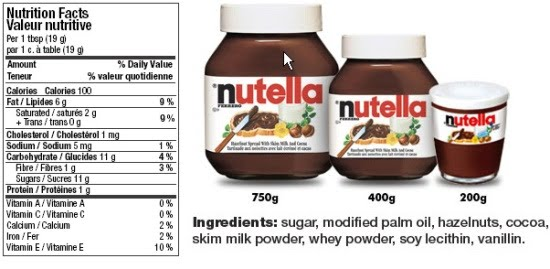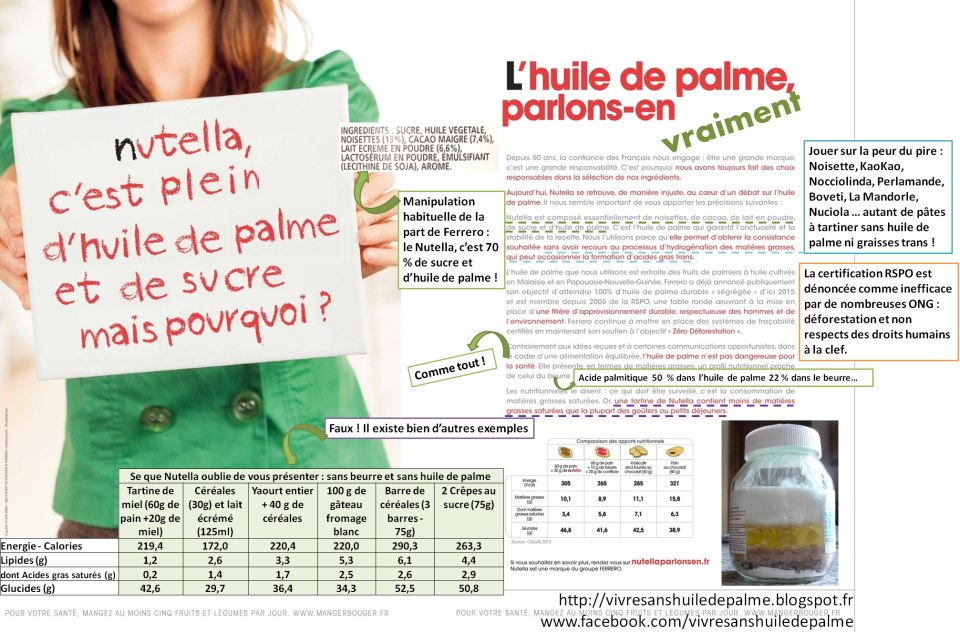Food Navigator-USA’s Special Edition on on Oils and fats
Is fat really good or bad and, one way or the other, is it really back?
Food Navigator-USA has an interest in fats from the perspective of companies that use them in food processing. Here’s what it says:
Fats are often classed into good, bad and ugly categories. But do consumers know which are which, and how can manufacturers help increase consumption of the healthier variety (MUFAs and PUFAs) and reduce trans- and saturated fats (and that’s assuming that saturated fats really are the bogeyman many dietitians have made them out to be)?
Protein is hot, sugar is public enemy #1, and fat is back (so the trend-watchers say). But when it comes to good, bad and ugly fats, does everyone agree on which are which? Check out our gallery of insights from consumers, industry stakeholders, and the 2015 Dietary Guidelines Advisory Committee…
Cobram Estate will enter US to fill what it says is a void in high quality, extra virgin olive oils: Award winning Australian olive oil manufacturer Cobram Estate in February will extend its reach into the competitive US market, which it says suffers a dearth of high quality, extra virgin olive oils. .. Read
Solazyme to launch algae butter in early 2016: We’re offering a hard fat from a completely new source: Solazyme is aiming to launch the latest addition to its micro-algae-based ingredients portfolio in early 2016 – an algae butter – which it says could replace hard fats such as palm oil or partially hydrogenated oils in a variety of applications spanning confectionery, bakery and spreads… Read
Do we need new labeling conventions around fully hydrogenated oils?: Fully hydrogenated oils (FHOs) do not create harmful trans-fats, and could replace partially hydrogenated oils (PHOs) in many applications. However, manufacturers are reluctant to use them because the word ‘hydrogenated’ has become “demonized”, argues one expert, who says efforts are underway to find an alternative name for FHOs that will satisfy manufacturers, consumers, and regulators. .. Read
Judge stays Gen Mills trans fat lawsuit, but FDA has left firms exposed to civil litigation, argue attorneys: In a ruling that will be read with interest by food manufacturers worried about being sued for using partially hydrogenated oils (PHOs), a judge in California has stayed a PHO-related class action vs General Mills until the FDA decides whether certain low-level uses should be permitted… Read
JM Smucker to settle lawsuit over ‘all natural’ claims on Crisco oils made with GMOs: JM Smucker has agreed to settle a class action lawsuit accusing it of misleading shoppers by labeling selected Crisco cooking oil as ‘all natural’, according to court papers filed in New York… Read
Solazyme unveils Thrive, the first culinary algae oil in the market and its first consumer food brand: Microalgae specialist Solazyme has moved into the consumer packaged goods (CPG) arena with the launch of Thrive, a culinary oil from algae that will make its debut at upmarket grocer Gelson’s Markets in southern California this week… Read
Solazyme expands algae oil JV with Bunge to develop ‘breakthrough” products for food and animal nutrition: San Francisco-based microalgae pioneer Solazyme has expand its joint venture with oils expert Bunge to develop a “range of breakthrough oils for food and products for animal nutrition”… Read
Extra virgin olive oil exec: You wouldn’t buy rotten meat or stale bread, so why are you buying rotten olive oil?: Claims that much of the extra virgin olive oil (EVOO) sold in US supermarket is not ‘extra virgin’ at all are hardly new. But the fact that many retail buyers are effectively turning a blind eye to such widespread fraud is immensely frustrating for companies that are playing by the rules, says one industry expert… Read
FDA revokes GRAS status of partially hydrogenated oils; allows food industry to file petition to permit specific uses: As widely expected, the FDA has finalized plans to revoke the GRAS (generally recognized as safe) status of partially hydrogenated oils (PHOs) in a bid to eradicate artificial trans fats from the US food supply. However, it says manufacturers may petition the agency to permit specific uses of PHOs… Read







